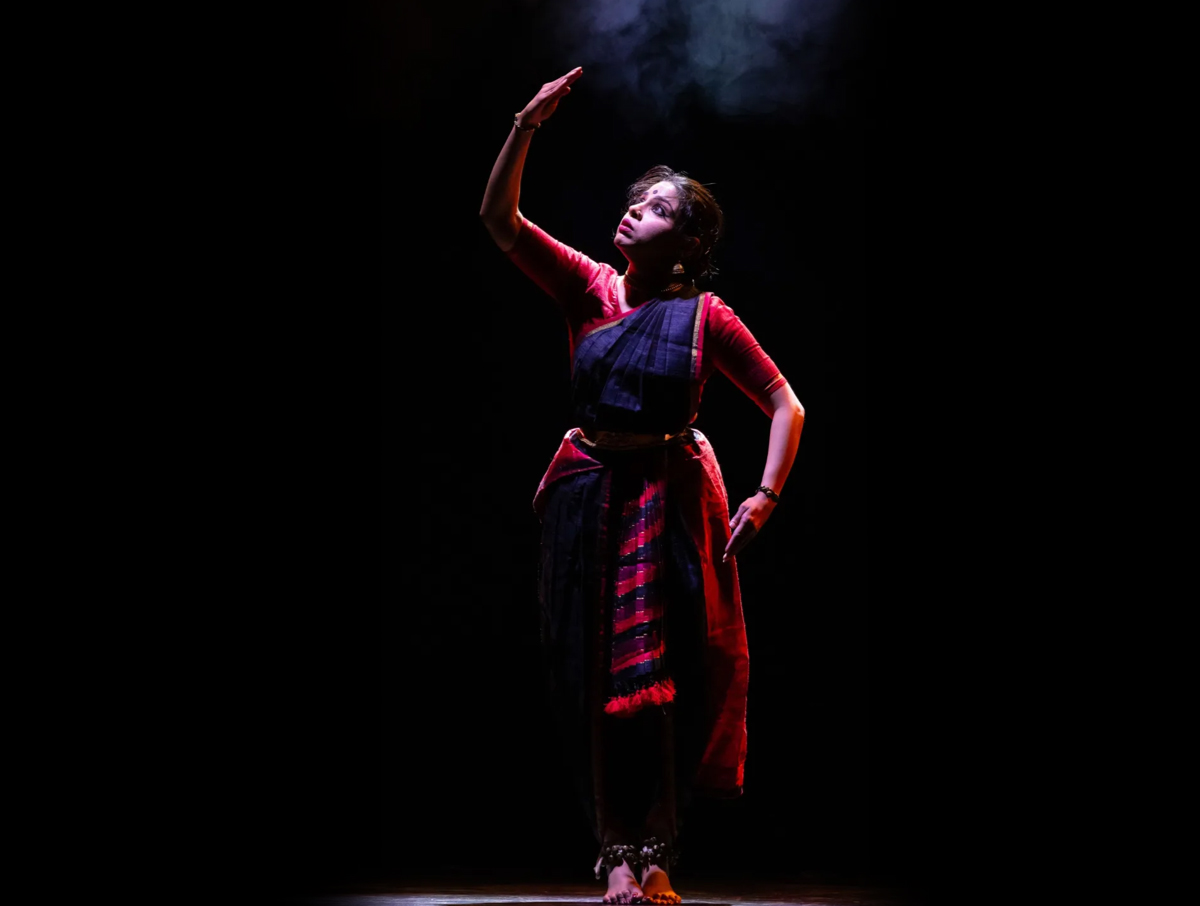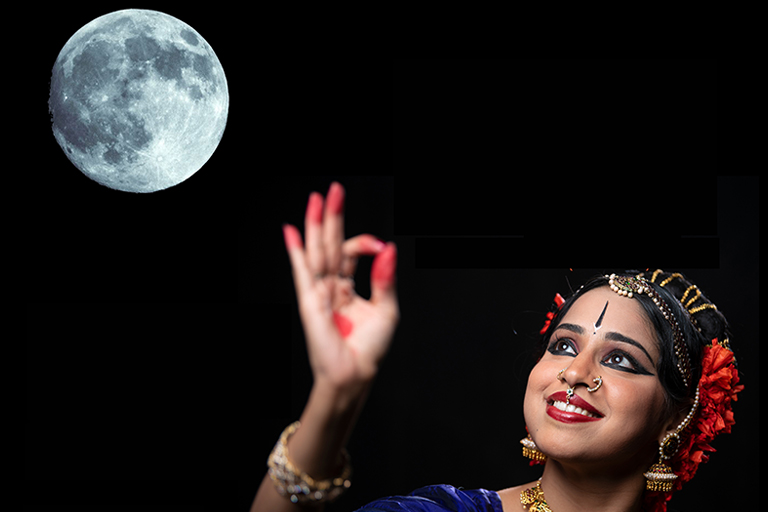

Productions

JUST ENOUGH MADNESS
"Do not take my devils away because my angels may flee too."
What happens when the world celebrates motherhood, but your body tells another story?
Just Enough Madness is a powerful dance-theatre work that unravels the emotional complexities of 'unbecoming' and 'becoming' - an almost mother.
Blending the classical grace of Kuchipudi with raw, lived experience, Payal Ramchandani takes audiences on a visceral journey through joy, loss, identity, and silence. With live music, folk songs, poetry, and evocative imagery, the piece traverses the thresholds of motherhood: the beauty, the grief, the expectations, and the unspoken truths.
From fireflies that once danced freely to braids that bind, from lullabies to heartbreak, Just Enough Madness lays bare the quiet battles many women face and the strength it takes to reclaim your voice.
A bold and intimate work that speaks to anyone who has carried more than they could say.
THE FOREST DREAM
"What we are doing to the forests of the world is but a mirror reflection of what we are doing to ourselves and to one another."
Chris Maser
This production aims to highlight the urgency of climatic trauma that is befalling us due to selfish acts of deforestation and rampant industrialization. This work presented through the prism of Indian mythology narrates the story of 'The forest man of India' who devoted his life to the cause of reviving his beloved land- the Majuli islands in the mighty and sometimes ferocious Brahmaputra river. This intergenerational work explores his beautiful relationship with the goddess of forests-'Aranyani' whose very existence is now under threat. Weaving in Carnatic music with western soundscapes, the production is a stylistic blend of Bharatanatyam, Kuchipudi (both South Indian classical dance styles) and contemporary dance. As the clock ticks irreversibly, this work, holding up a mirror to the current and the next generation, is an urgent plea to course-correct ourselves.

ONCE IN A BLUE MOON
"Go slowly, my lovely moon, go slowly."
Khaled Hosseini
This work uncovers the role of the moon in Indian literature and poetry and its visual translation in dance. The moon has occupied an integral yet a much understated role in the arts. Often seen in metaphoric roles as the friend/sakhi, the confidante, the messenger or mediator, the only thread tying the separated lovers, the benchmark of beauty, the moon has been a source of wonder and mystery.
The production explores the relationship of the Nayika/female protagonist with the moon through various genres of musical compositions. The Moon is seen as an analogy to psychological and human development and its representation through dance.
This work themed around Luke Jerram's Moon installation was performed at the Bloomsbury festival in 2019.
CHAURAPANCHASIKA... OF LOVE & LAMENT
And sometimes we look to the end of the tale that there should be marriage-feasts, and find only, as it were, black marigolds and a silence.
- Azeddin el Mocadecci
Some poems engage your heart and soul to experience it, leaving you desirous of creating imagery, where each line narrates a story complete in itself, which reveals itself to you layer by layer, word by word, and very gradually every time you read it. One such writing is the 'Chaurapnchasika' (50 verses of Chauras)
Written by a Kashmiri poet 'Bilhana' in the Sanskrit language in the 11th century, this work takes you into the world of Chauras where his surreptitiously blossoming love for princess Yamini faces the inevitable opposition by her father. Will Chauras despair in his loneliness for the rest of his life in prison or will he meet his fatal end finding eternal peace.
